Aside from smaller, individual scientific efforts, CPAC researchers also lead and participate in larger, multi-institutional research collaborations. These are related to our work with cosmological surveys, but distinct from them, typically in being more focused on a narrower range of problems.
Accelerating HEP Science: Inference and Machine Learning at Extreme ScalesThis SciDAC-4 project brings together applied mathematicians, statisticians, physicists, and cosmologists to develop and apply new methods and algorithms in extreme-scale inference and machine learning, an area in which CPAC researchers and collaborators have made significant contributions. The role of leading-edge computing in scientific discovery is undergoing a sea change driven by massive growth in problem size as modeling tasks rapidly increase in complexity and descriptive detail. The ready availability of computational power and of large data sets also drives the burgeoning use of Bayesian methods for scientific inference, as well as machine learning, especially deep learning, for a variety of classification and reconstruction tasks. In this project, we aim to harness high performance computing and cutting-edge inference and machine learning techniques to attack outstanding problems in cosmology. More significantly, we will also explore a number of new approaches that arise only as a consequence of the ability to combine supercomputing with inference/learning algorithms. |
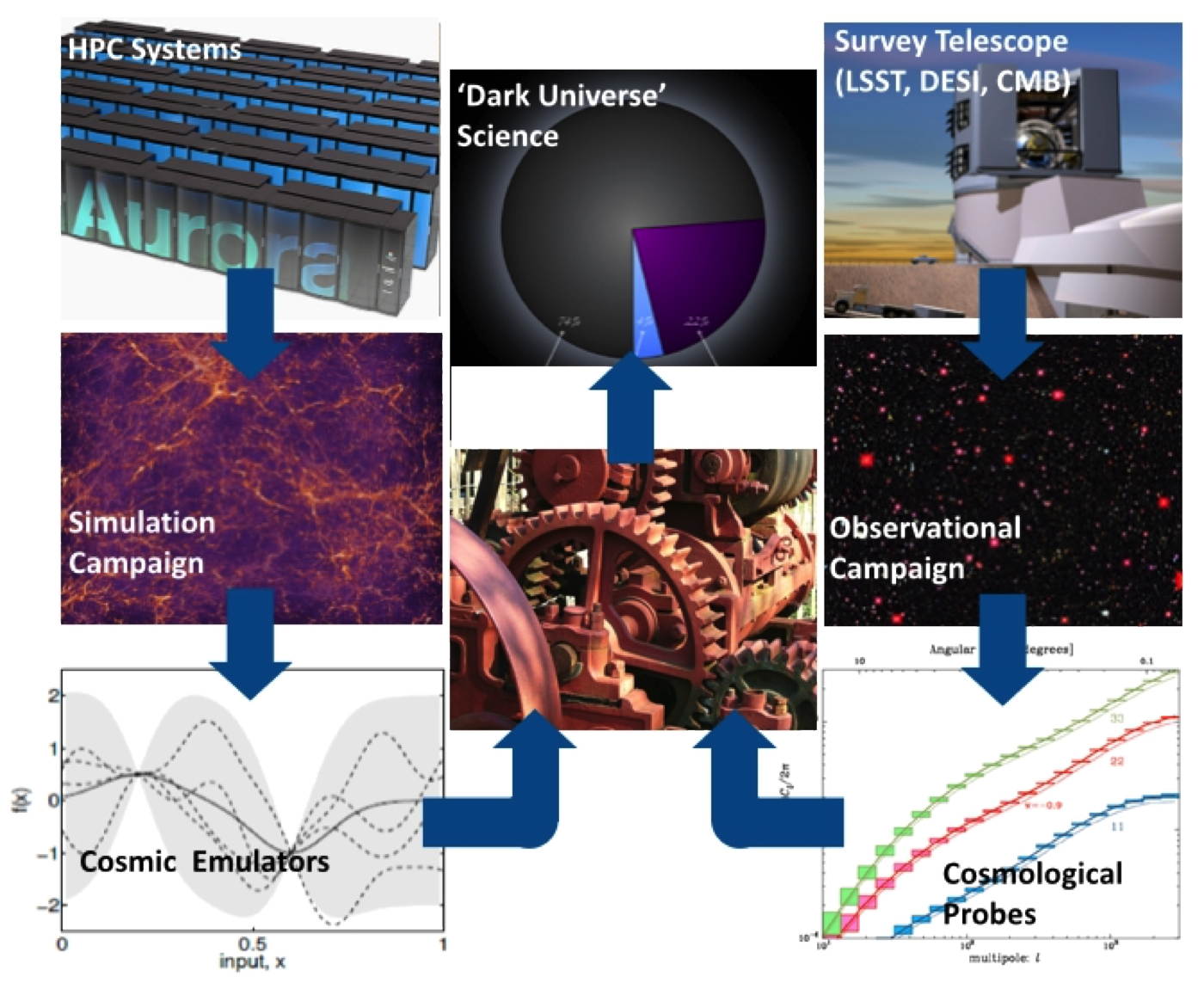 |
Cosmic EmulatorsCosmological surveys require accurate predictions for a large number of spatial statistics, many of which can only be obtained from running large-scale, and computationally expensive, cosmological simulations. Cosmic emulators are fast, accurate predictors for cosmological summary statistics based on running a finite number of numerical simulations spanning a range of cosmological and modeling parameters; the desired prediction for a given set of parameters uses interpolation over the full parameter space. In a long-standing collaboration with statisticians, our group has pioneered the development of emulation methods for cosmology, including the development and application of advanced sampling methods, filtering techniques, dimensional reduction methods, and non-parametric regression with Gaussian processes. Emulators are available for CMB and matter power spectra, the halo concentration-mass relation, and the galaxy power spectrum. Work is ongoing to develop emulators for a range of new quantities, including going beyond summary statistics. |
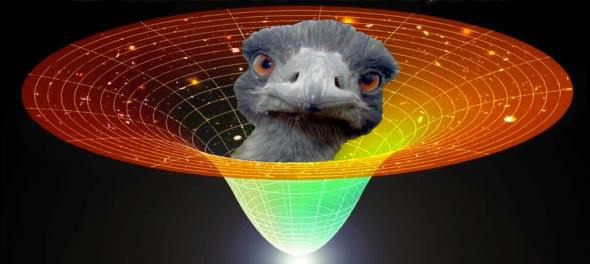 |
CMB-S4CMB-S4 is a proposed next generation cosmic microwave background (CMB) experiment that will be the “ultimate” ground-based CMB experiment. Telescopes operating from both the Atacama Desert in Chile as well as the South Pole will be used to survey ~40% of the sky to unprecedented depths at 40-270 GHz. The data from CMB-S4 will enable stringent constraints of cosmological models governing inflation, the number and total mass of neutrinos, light relics, and the evolution of cosmic structure. A number of Argonne group members are active members of this new scientific collaboration; we are particularly interested in the constraints on inflation, dark energy, and neutrinos to come from CMB-S4. |
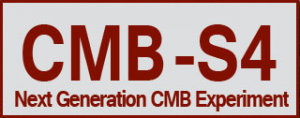 |
Dark Energy SurveyThe Dark Energy Survey (DES) is a ~5000 square degree optical -near infrared (grizY-band) survey of the Southern Sky. The survey, conducted using the DECam imager on the 4 m telescope at Cerro Tololo Inter-American Observatory in Chile, is scheduled for completion in January 2019. DES uses a range of observables including Type 1a SNe, galaxy clustering, cosmic shear, and galaxy clusters to probe cosmological models. The Argonne group has been involved in a number of these efforts and is also especially interested in combining data from DES with that from the South Pole Telescope to maximize cosmological constraints. Previous results include the first observation of the pairwise kinematic Sunyaev-Zel’dovich effect using a photometric survey. |
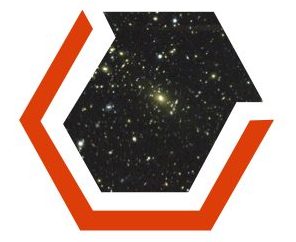 |
DESIThe Dark Energy Spectroscopic Instrument (DESI) cosmological survey, to be carried out on the 4m Mayall Telescope at Kitt Peak, uses baryon acoustic oscillations (BAO) and redshift space distortions (RSD) to study dark energy. The survey data will also lead to measurements of other cosmic probes as well as investigations of the physics of galaxies, quasars, and intergalactic gas. DESI will measure the BAO scale with accuracies of better than 1% over a redshift range of 0<z<3. Galaxy peculiar velocities, as measured via RSD, can be used to test whether general relativity is correct on cosmological scales. Multiple DESI science working groups are targeting different science cases; the primary interests of the Argonne team are in the main dark energy probes as well as in the galaxy-halo connection, which provides cosmological information on much smaller length scales than BAO and (linear) RSD. eBOSS is the precursor survey to DESI, carried out using the SDSS telescope; results from Argonne’s trillion particle ‘Outer Rim’ cosmological simulation (carried out with HACC) have been used to make synthetic catalogs for both DESI and eBOSS. |
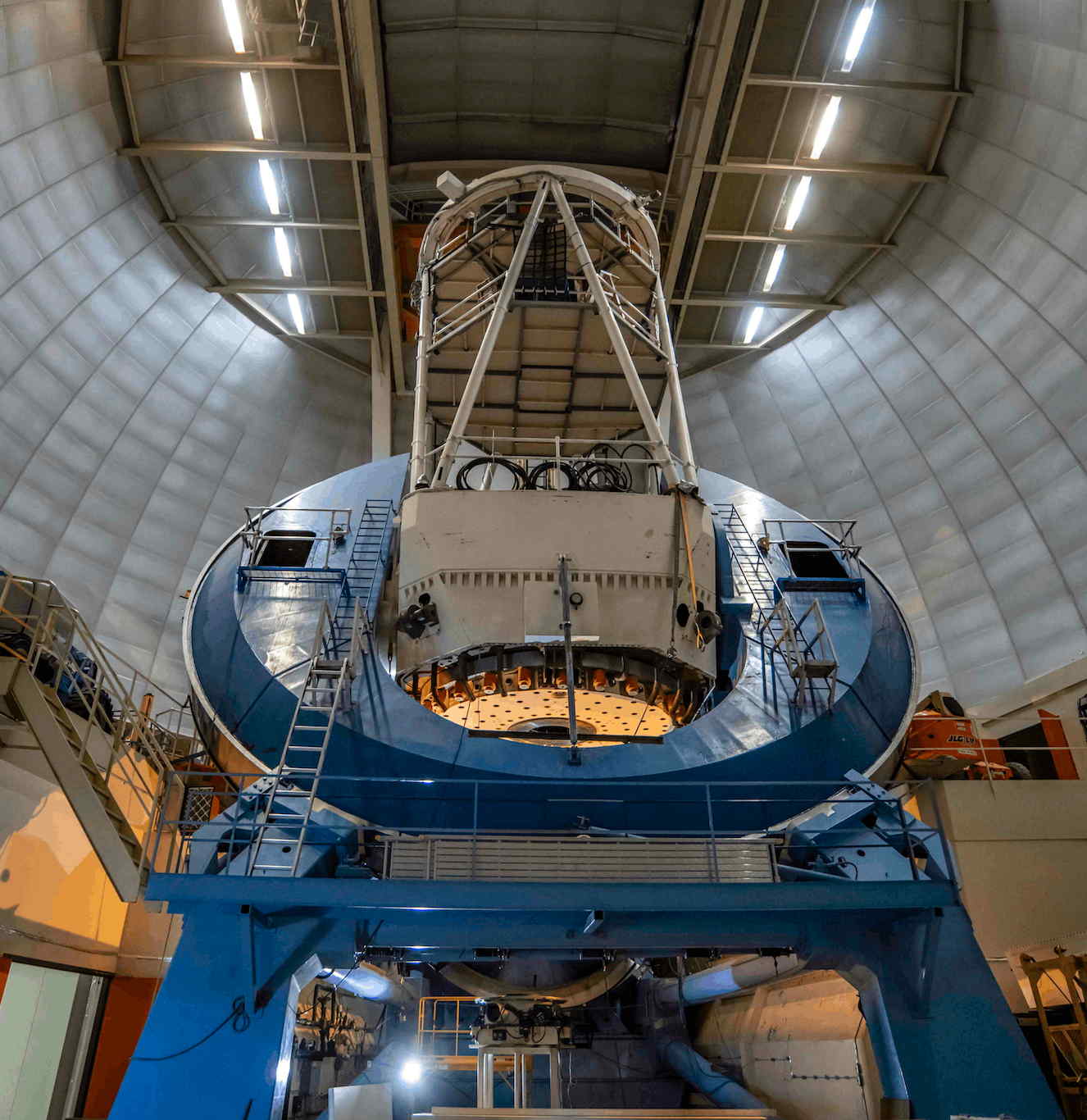 |
Enabling Cosmic Discoveries in the Exascale EraModern cosmology represents one of the most exciting scientific frontiers today, making possible fundamental discoveries regarding the nature of space, time, and matter over a vast range of scales. Cosmological investigations have entered a decisive new phase led by the DOE HEP-supported Stage IV surveys. With the advent of these unprecedented new datasets, modeling and simulation approaches become crucial in analyzing the wealth of data and in exploring new physics possibilities. Detailed predictions of signatures of new physics and their interaction with astrophysical effects can only be obtained via sophisticated simulations; carried out at the required level of fidelity, this approach provides a controlled testbed to disentangle these signatures from confounding systematics. It is a significant challenge to accurately model and resolve the physics over the huge dynamic range characteristic of the surveys. This project brings together a strong team with extensive involvement in cosmological surveys, state-of-the-art exascale-ready modeling and simulation capabilities, and deep expertise in analysis and statistical methods. This project will lead to the most impactful simulation campaigns for scientific discovery in cosmology. |
|
ExaSky: Computing the Sky at Extreme ScalesA new generation of sky surveys will provide key insights into questions raised by the current cosmological paradigm as well as provide new measurements, such as of neutrino masses, and could lead to new discoveries, such as of primordial gravitational waves and modifications of general relativity. Sophisticated, large-scale simulations of cosmic structure formation are essential to this scientific enterprise. These rank among the very largest and most scientifically rich simulations run on supercomputers today. Existing machines, however, do not have the performance and the memory needed to run the next-generation simulations that are required to meet the challenge posed by future surveys, whose timelines parallel that of the Exascale Computing Project. In this project, we have identified an end-to-end exascale challenge problem, which will be addressed by a comprehensive program using the HACC (adaptive Lagrangian) and Nyx (AMR Eulerian) codes, suitably extended for efficient utilization of exascale resources, expected to arrive in 2021. |
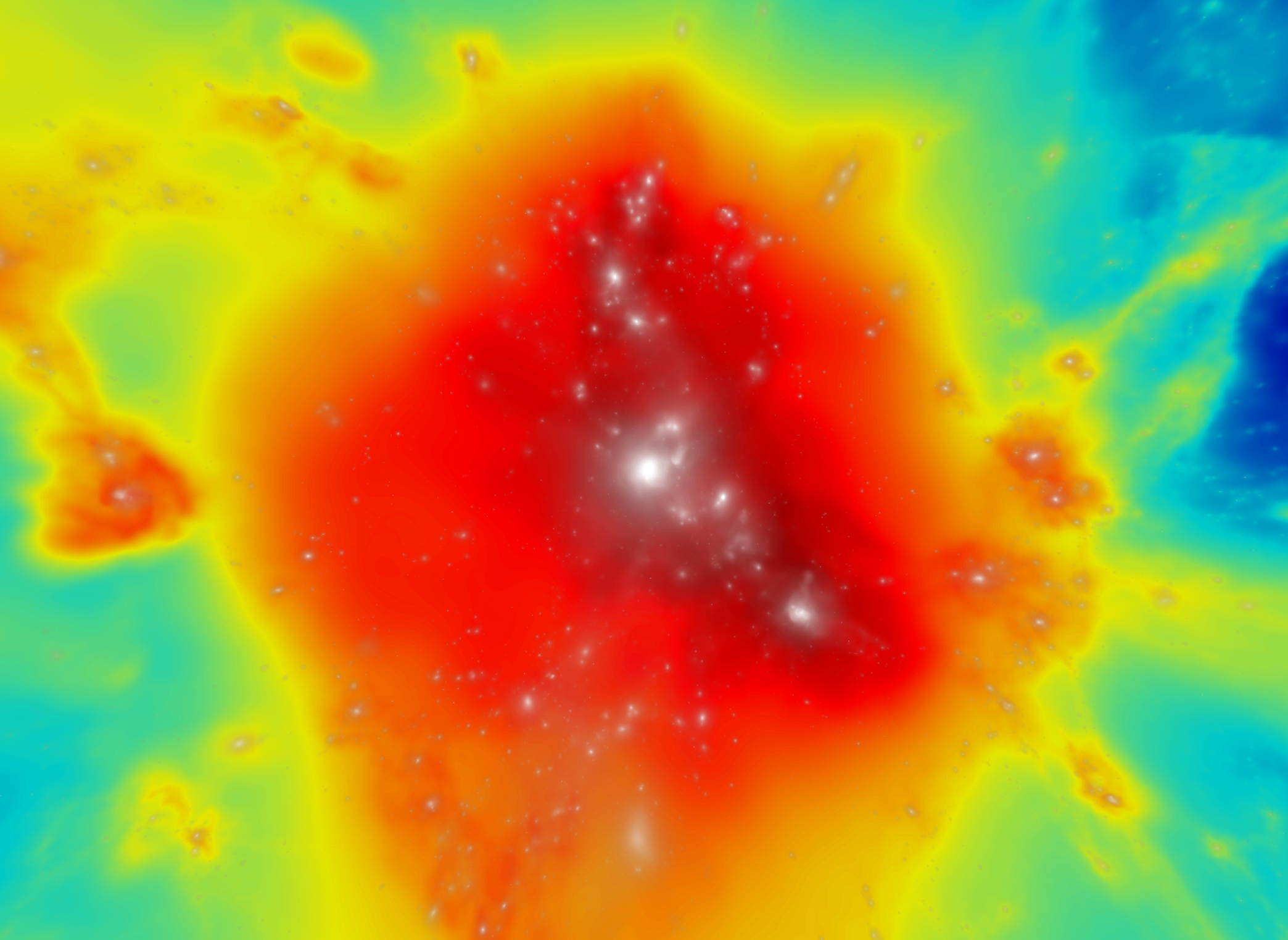 |
HACCHACC (Hardware/Hybrid Accelerated Cosmology Code) is an extreme-scale cosmological simulation code that runs on all available supercomputing platforms at very high performance levels (Gordon Bell Award Finalist 2012, 2013). The origins of HACC lie in a new code design effort initiated for Roadrunner at Los Alamos National Laboratory, the first machine to break the petaflop barrier in 2008. HACC uses a hybrid algorithm in its gravity solver, with the short-range computation being tuned to the system architecture. Gasdynamics in HACC is treated using CRK-SPH (Conservative Reproducing Kernel Smoothed Particle Hydrodynamics), a higher-order SPH scheme that does not suffer from difficulties in dealing with mixing and fluid instabilities. A number of subgrid models for gas cooling/heating, star formation, and astrophysical feedback mechanisms are included. Some of the world’s largest cosmological simulation runs and large-scale simulation suites have been carried out with HACC. Current code development is led by an Argonne team and is supported by DOE’s Exascale Computing Project. |
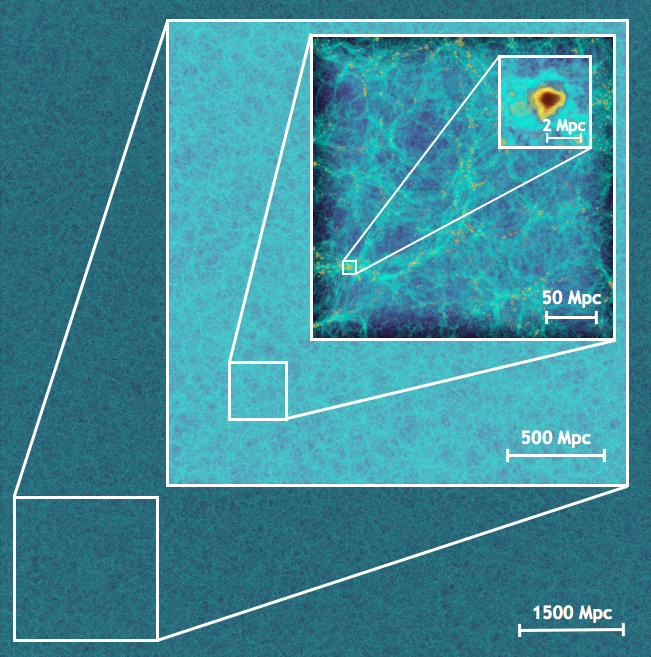 |
HEP-CCEThe High Energy Physics Center for Computational Excellence (HEP-CCE) is a cross-cutting initiative to promote excellence in high performance computing including data-intensive applications, scientific simulations, and data movement and storage. Enhancing connections with DOE’s Advanced Scientific Computing Research (ASCR) program office is an essential part of the Center’s activities. This includes promoting future-looking R&D initiatives in exascale architectures and systems, intelligent networking, and new data management and data analysis tools. The HEP-CCE also sponsors topical workshops and student training programs, including summer internships. Sponsoring institutions are the following National Laboratories: Argonne, Brookhaven, Fermilab, Lawrence Berkeley, and SLAC. |
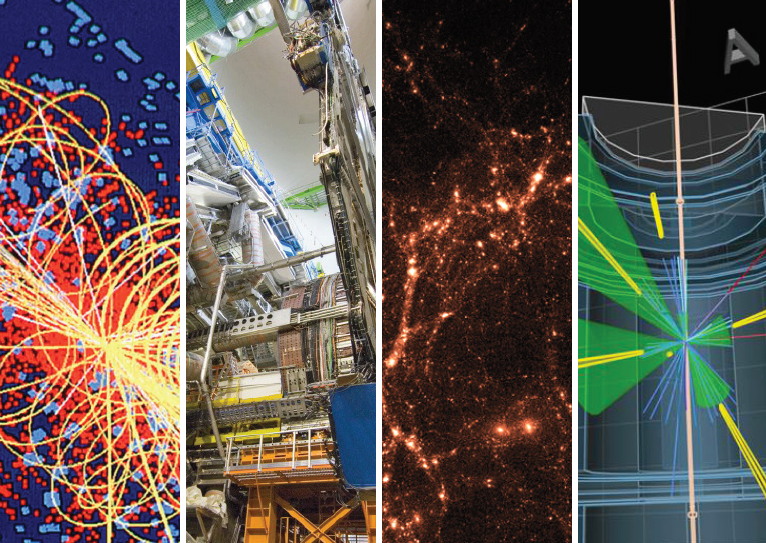 |
LSST-DESCThe Rubin Observatory’s Legacy Survey of Space and Time (LSST) survey uses a three-mirror, 8.4m diameter (combined primary and tertiary) main mirror, a modified Paul-Baker design. The wide-field survey will be carried out with a 3.2 gigapixel camera, the largest CCD camera ever constructed. The survey will be in the ugriz bands and will scan all of the available sky every few days, for a survey duration of ten years. Multiple (international) science working groups have been formed to work with LSST data; the LSST Dark Energy Science Collaboration (LSST DESC), as its name implies, focuses on dark energy studies with LSST, using weak lensing, galaxy clustering, clusters, and supernovae as the main cosmic probes; cross-correlations across the probes are also a major topic of interest. CPAC is playing a major role in constructing a large-scale synthetic galaxy catalog for LSST DESC, as well as a web-based validation framework, called DESCQA. Our research interests span the broad range of LSST DESC science. |
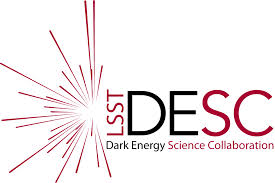 |
Quantum SensingQuantum-enhanced measurement techniques have the potential to open new windows for investigating aspects of fundamental physics such as the time variation of coupling constants, detecting extremely low-mass dark matter, as well as increasing the sensitivity and reducing the footprint of current experiments searching for axions and gravitational waves. Continuous quantum measurement protocols have applications in quantum control for quantum information processing as well as feedback cooling of nanosystems close to their quantum ground state. Additionally, continuous measurement based treatments of quantum master equations can be used to smoothly drive their behavior into the classical regime; this feature can be used to introduce new algorithms for solving classical transport problems that have completely different properties compared to traditional methods. Work in these areas is being performed in collaboration with researchers at Argonne, Caltech, and NIST Boulder. |
 |
SPHERExSPHEREx is a recently selected NASA Medium Explorer mission — the first all-sky spectral survey — designed to set constraints on the physics of the very early Universe, study the origin and evolution of galaxies, and determine the origin of water and other biogenic molecules in planetary systems. With no moving parts, SPHEREx has a very robust and simple design driven by maximization of spectral throughput and efficiency. SPHEREx will observe the sky multiple times during the planned two-year mission. Argonne CPAC group members contribute to the SPHEREx science team. This work includes the development of cosmological simulations for SPHEREx galaxies, the identification of SPHEREx sources and the computation of their redshifts, the determination of the effect of different types of non-Gaussianity on the large-scale structure of the Universe, forecasting the abundance of high redshift quasars, and joint science with LSST. |
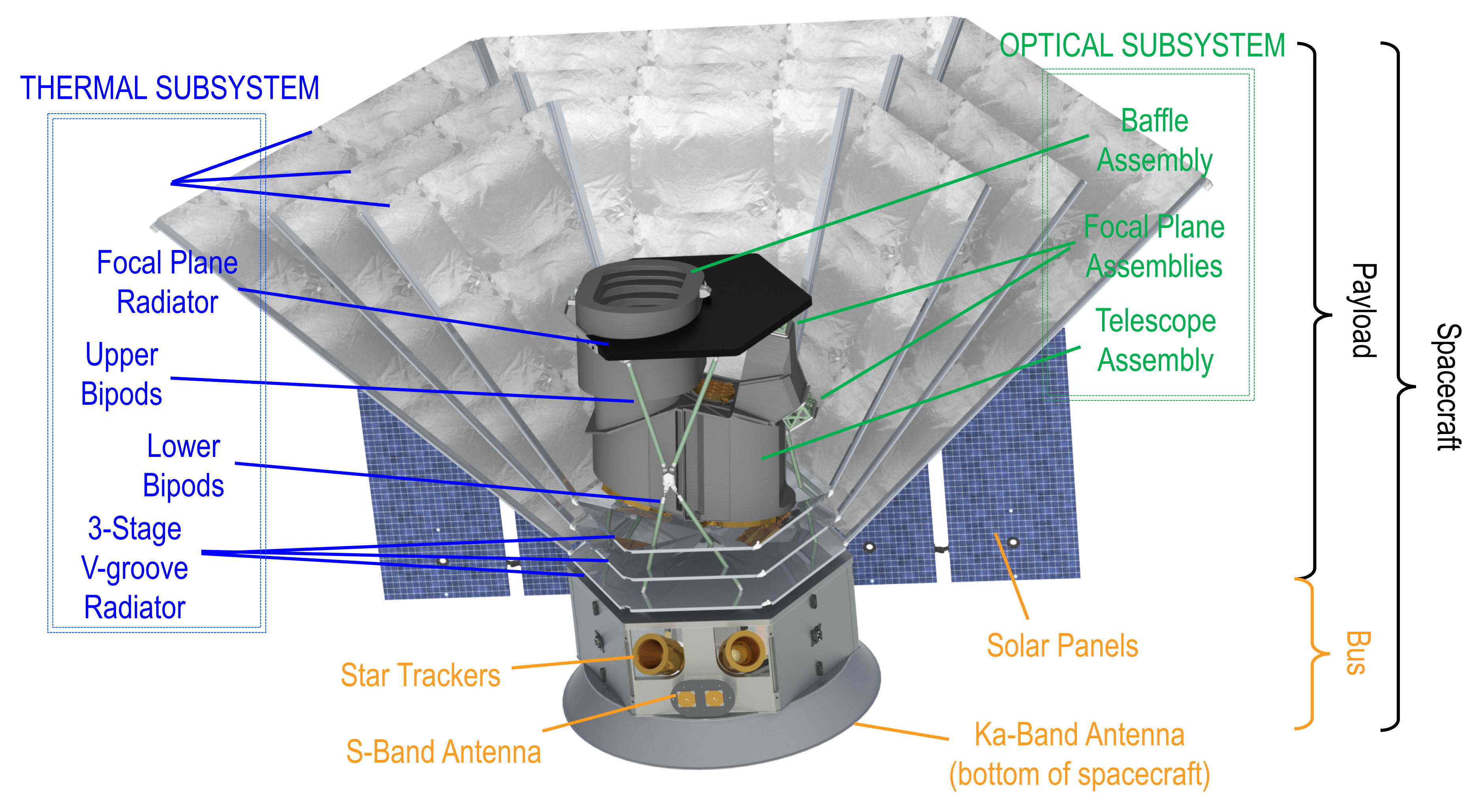 |
South Pole TelscopeThe South Pole Telescope (SPT) is a 10 m telescope located ~1 km from the geographic South Pole. The telescope and its 3 generations of receivers have been used to make high resolution observations of the cosmic microwave background (CMB). Argonne has played a key role in both the construction of the SPT camera (having fabricated the 90 GHz detectors for the 2nd receiver, SPTpol, as well as the entire ~16k bolometer SPT-3G focal plane) and in the data analysis. CPAC members are particularly interested in utilizing SPT observations to constrain cosmological models via measurements of the primary and secondary anisotropies of the CMB, the thermal and kinematic Sunyaev–Zel’dovich effect signals from galaxy clusters, weak gravitational lensing of the CMB, and via quantifying correlations of many of these observables with large scale structure tracers from other surveys such as DES and, in the near future, LSST. |
 |
